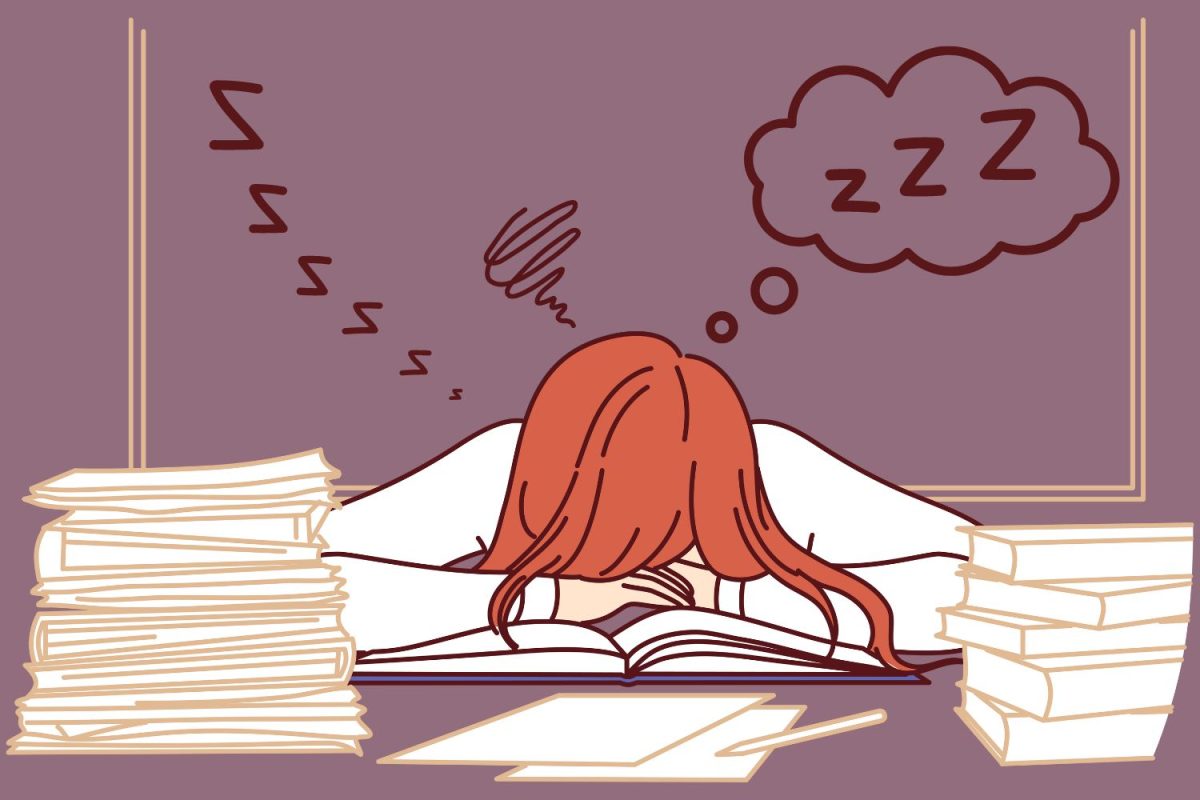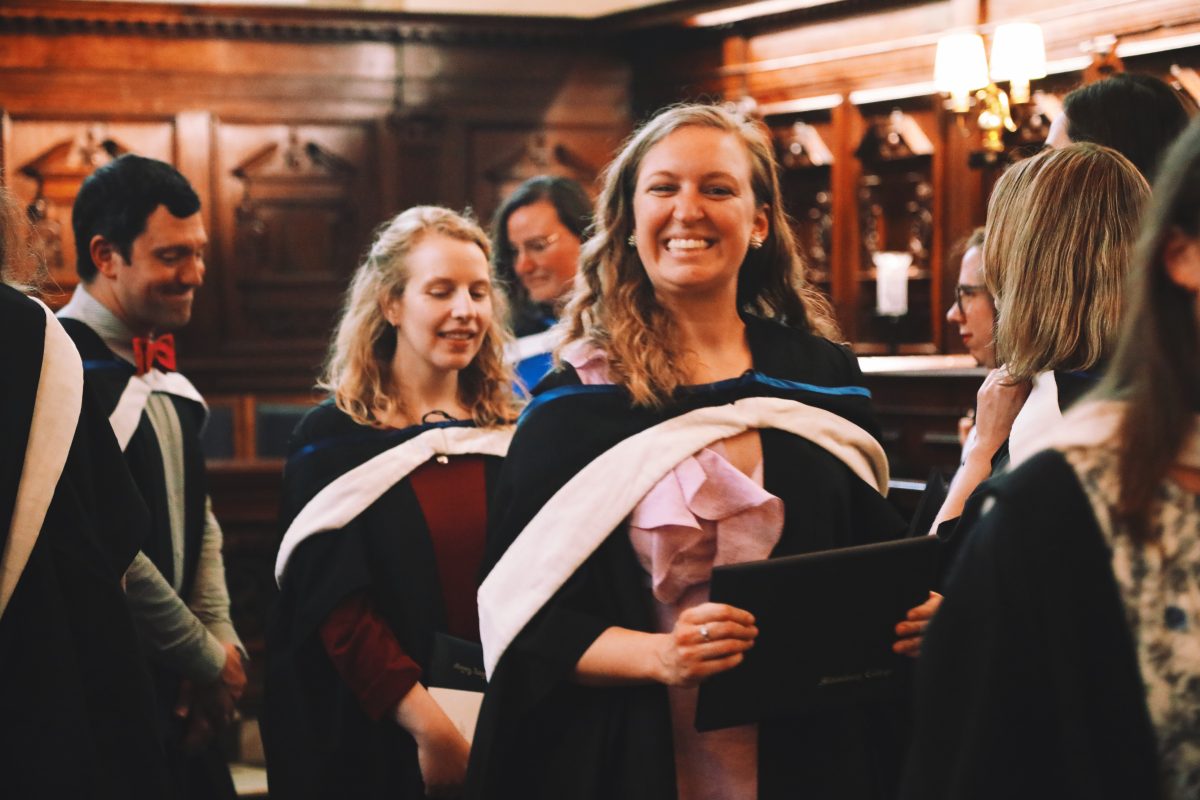Principal Jack Phillips entered the community last year, cognizant that though the school was a remarkable institution, there was one stone missing, one crucial piece of the edifice that was superficial or, worse yet, non-existent: A community.
Like almost all initiatives at the school, building community is rooted in the administration’s job of implementing the 2010 Strategic Plan. “It’s almost impossible for me to talk about what’s happening at the school without referring to the strategic plan … together, the faculty, administration, and Board of Trustees developed a unified vision of the direction [of the school],” Head of School Coreen Hester said. That unified vision included a commitment to developing an inclusive and diverse community.
Point three of the Strategic Plan reads, “we must also reaffirm our commitment to inclusivity in order to strengthen our supportive and engaged community on campus and worldwide.”
The true agent for the change requested, however, didn’t arrive until the 2013-2014 school year. “The appointment of Phillips was a really important one. Because he came in and he didn’t have a particular agenda, and he got to the end of the year, and he said, ‘This is what’s missing.’ So he’s the one really who’s done a good job of clarifying [our community],” Hester said.
Although Phillips’ arrival provided a catalyst for developing community in the High School, the belief that change is required has existed for a long time. “It’s been a while that we’ve been thinking how does the high school feel, how does a High School student feel connected. So it’s not so much that we thought there was something really wrong, but something that we thought could be better,” Hester said. With both an agent and motivation for change, the stage was set for changes to the high school’s community.
Chief among Phillips’ many goals for ASL lies the desire for an inclusive, holistically positive community – a place where everyone feels comfortable. “When a student feels they are safe and they belong, and they have that school spirit, that they feel part of something bigger than themselves, they are going to do better in their academic learning,” Phillips said.
This sentiment is shared by Director of Student Life James Perry. “I want this place to feel like home to everybody – it doesn’t mean being friends with everybody, but having a couple friends they can confide in, and also a couple of [teachers] that they can confide in too.”
The ambitions for community expand beyond simply creating a “home” for students, however. The administration also wants to foster a community wherein all students have the same desire to learn. “As a school, the intellect has to be at the center,” Phillips said “We are in the business of thinking.”
Where the high school stands on creating a community based on intellect is up for debate. Head of Academic Advising and College Counselling Patty Strohm believes that “the learning has gotten deeper, kids are doing more sophisticated kinds of schoolwork than they did six years ago.”
In agreement with Strohm, Science Teacher David Partridge expresses a sense of anticipation with regards to the newfound emphasis being placed on intellect. “I personally didn’t identify the need to create this [intellectual] community, but if [Phillips] did, then let’s see what he means by it and see where it goes,” he said.
Though the implementation of community didn’t arise from a call from faculty, many teachers and staff have rallied behind the call for inclusivity and pervasive friendship in the High School. “I can’t speak for the faculty, but I can speak for a large number of them. I can say that we feel positive about, holistically, that the High School is progressing,” Partridge continued.
The budding community, though, entertains dissent in some questions about the future and what it will mean for the school “Tensions will erupt as individuals and groups within the community struggle to define, interpret and transform the master narrative. That seems to be what we are currently witnessing in the High School,” English Teacher Stephan Potchatek said.
At the heart of the wary mindset is the fear of the irreparability of such a groundbreaking change. “It cannot be overstated: The collective memory of an organisation like ours is of profound importance to the successful working of that organization,” Potchatek said.
Implementing the community initiative – as well as the other plans of the administration – was presented with what Phillips, at the time, considered a potential roadblock: 21 teachers were leaving, and 21 new teachers had to be hired. The unprecedented turnover inspired a sense of trepidation in Phillips at the time. “About six months ago I was wishing it was going a bit slower, particularly around personnel changes. Now that we’re here, I’m so glad that the people who are here are here in terms of what they bring to the table and the experts that they are,” he said.
In retrospect, Phillips views the experience garnered through the turnover as ultimately beneficial for himself and the High School as a whole. “I had to see it as an opportunity. And now I’m seizing the opportunity. Looking at it now, we’re going to do some things a little differently now. I’m very lucky, I get to build that team, and hire people that are aligned with your vision, it’s a very nice opportunity.”
With the new teachers on board, Phillips feels the time has come for forward thinking. What that will look like, he doesn’t know yet; what is certain, though, is that there is unequivocal support behind the community initiative.
Creating a homely environment based on intellect is only half the goal, however. The administration also wants to ensure that all students feel tethered to the school in some manner — whether that be anything from extracurriculars to athletics. “I think that’s something that Phillips and I and Strohm and all the deans and all the counsellors, are looking at: The best system we can put in place to prevent kids from falling through the cracks,” Perry said.
Perry identifies the common misconception that only students whose struggles are ostensibly obvious need help; instead, he believes that the students who fly under the radar go without help. “Usually, it’s a kid who’s doing okay, their grades aren’t bad enough to sound any alarms, but there’s something not right and that kid needs help. With the right systems in place, I think we can do a better job of helping those kids,” he said.
The goal is a support system bolstered by both teachers and the administrative team. “Nobody likes that some students fall through the cracks. So [the teachers] are looking to help,” Phillips said.
An avenue currently being explored is to offer students a home-base in school in the form of an advisory program. While the planning is in the formative phase, Perry believes that there is already support in place should the school decide to go ahead with advisories. “I do think there are a lot of folks who’d like to see an advisory system. There’s an overwhelming majority of the faculty who’d like to be a part of that,” Perry said.
Hester is among the supporters of an advisory system; in fact, she was an advisor herself at ASL during her previous stint at the school, when High School Principal. “Most American high schools have advisory or some kind of small group activity. And the ASL high school used to,” she said.
Between her two spells at the school, however, the advisories ceased to exist. Now, Phillips and the rest of the high school administration are looking into the logistical pros and cons of such a system.
The administration recognises that in a challenge like the one it is currently undertaking, there is a need for balance between top-down action and community-driven initiative; where that balance lies, though, is where opinions diverge.
Phillips, for that reason, will be playing a defining role in the actions of the coming months and the legacy of future years. “The last thing I ever want to do is produce a climate which is tumultuous. On the other hand, you always hire people who you hope will make things happen,” Hester said.
Phillips recognises the importance of evolution, and welcomes that part of his job. “I am not a believer in doing things the way we’ve always done them just because we’ve always done them,” Phillips said.
Partridge expresses a more tepid view towards the change, reserving judgement until the dust settles. “This is part of what a new leadership does. He comes in, observes the school, sees where it is, and identifies certain changes he would like to administer and proposes that to the faculty, and hopefully persuades us to follow suit. We’re used to it, this is what happens,” Partridge said.
Phillips, though the principal agent of change identified in this initiative insofar, recognizes that his work is only as beneficial as the community views it. And for some, the reform has been wholly positive. “I think you can definitely see most of the rewards of the changes that have been implemented. You can see the difference since he’s come into the high school in that it’s much less intimidating,” Student Council (StuCo) Vice President Dariush Yazdanpanah (’15) said.
For others, the goal is pure and desired amongst the high school population, but the methods insofar have been inefficient and sometimes even further divisive, as James Lituchy (’15), a student of ASL for many years, describes seeing. “I don’t think we’re more of a community now, but I think we’re headed in a positive direction.”
“I get the feeling that other people feel threatened that their seniority is being threatened, because we’re [the Senior class] supposed to have all these special seniority things. And he’s [Phillips] trying to make it more [inclusive].”
The greatest establishment of community envisaged so far is the creation of mutualities and connections across intramural groups and clubs. “I would love the continued sense of shared ownership. I want that sense that we’re always doing something,” Phillips said.
And this, Phillips expounded, will be attained with communication, “There are going to be conversations that will need to happen quietly, but again 90 percent of what happens is transparent,” he said.
When recalling errors and regrets in the sphere of communication, Phillips remembers the Ski Trip caution. In an effort to condemn the illegal and dangerous events and practices that occur on Senior Ski Trip – a student-organized trip that isn’t part of the school’s jurisdiction –, Phillips, at the end of the last academic year, contacted the Parent Community Association (PCA) and then parents, advising them against allowing their children to attend Ski Trip. By the time Phillips spoke to the now-Senior class, anger mounted and trust dissolved between the two parties.
Phillips, today, looks back on that as a learning mistake: “I think that was a misstep on my part in terms of where the conversation centrally needs to take place and that’s within the school first,” he said. “I misstepped in how I communicated it, I regret having spoken to the parents before the students, and I wish I had done that.”
Beyond communication, groups and individual students alike look to establishing practices that will define us as a community, rather than leaving to students to fill the void – like organizing the senior class trip (Ski Trip). “We [StuCo] want to have more events like the Bash, improve assemblies and implement spirit days for sports,” Yazdanpanah said.
This practice is one coined by Potchatek in theory: “We construct and at the same time transform our collective memory through rite and ritual of all varieties.”
The said collective memory though is only experiencing change, as Hester would point out; we are not consigning the pre-2013 ASL to history. “I think things have to change to stay good. You don’t want to fossilize something. And yet, you don’t want to make so much change that people feel unsettled,” Hester said.
Going forward, Phillips strives to cultivate an ethos of experimentation and positivity within ASL’s walls. “Something I wanted to push with the faculty, which is also a good message for the students, is that the perfect is the enemy of the good,” he said.
But the end product is tangible and defined, for, after all, students are here to learn. “I want people to know, you can’t get an education like this anywhere else in the world, or that you can get an ASL student anywhere else in the world,” Phillips said.
Yazdanpanah, while effusive about the current ASL landscape, is excited to see the next stage in the school’s evolution. “I think in a year or two from now, the school will be very different to the high school I entered, and for the better.”
james_malin@asl.org
ian_scoville@asl.org
gabriel_ruimy@asl.org







